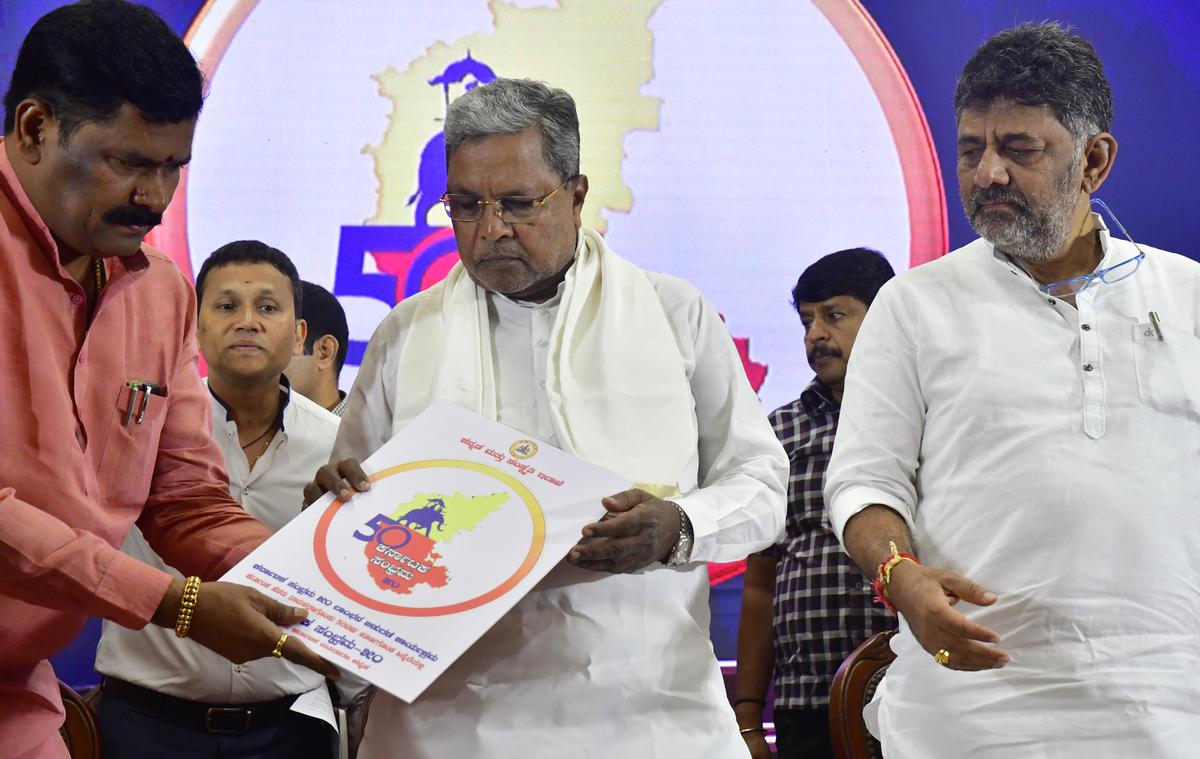In a move to address the ongoing controversy and confusion surrounding the status of Kanakapura in relation to Bengaluru, Deputy CM DK Shivakumar has proposed a significant change. He aims to rename Ramanagara district, which currently includes Channapatna, Ramanagara, Kanakapura, Magadi, and Harohalli taluks, as “Bangalore South District.

Source: Hindustan Times
Full Story:
The current situation is marked by historical changes in the administrative divisions of this region. Originally, Doddaballapur, Nelamangala, Yelahanka, Devanahalli, Anekal, Bangalore South, Bangalore East, Hoskote, Ramanagara, Magadi, Kanakapura, and Channapatna taluks were all part of the Bangalore district. However, over time, various changes occurred, leading to the current state of affairs.Later on, Doddaballapur was designated as the center of Bengaluru Rural District, encompassing Hoskote, Nelamangala, Devanahalli, and Doddaballapur, while retaining the name “Bangalore Rural District.”
Simultaneously, Magadi, Kanakapura, Channapatna, and Ramanagara taluks were combined to create a new Ramanagara district, with Ramnagar as the district headquarters. Additionally, Harohalli taluk was later added to this district.
Now, Deputy Chief Minister DK Shivakumar’s proposal seeks to bring about a change that would impact the administrative identity of the region. His idea is to rename the Ramanagara district as “Bangalore Dakshina district,” designating Ramanagara as its district headquarters.

Source: The Hindu
In explaining the rationale behind this move, Deputy CM Shivakumar emphasized that it stems from the people’s wishes and his own thoughts. The core objective is to extend the international fame, sovereignty, and dignity associated with Bangalore to the regions of Ramanagara, Magadi, Kanakapura, Channapatna, and Harohalli. It’s not merely a change in name but a vision to enhance the recognition and significance of these areas.
Public opinion is a crucial aspect of this proposed change. The deputy Chief minister mentioned that the government is actively collecting people’s opinions on this matter, indicating a democratic approach to the decision-making process. It is a step that reflects the importance of considering the views and sentiments of the local population in such a significant administrative alteration.



















































































